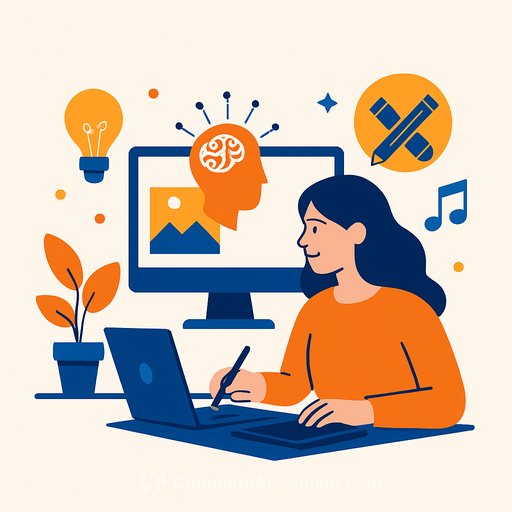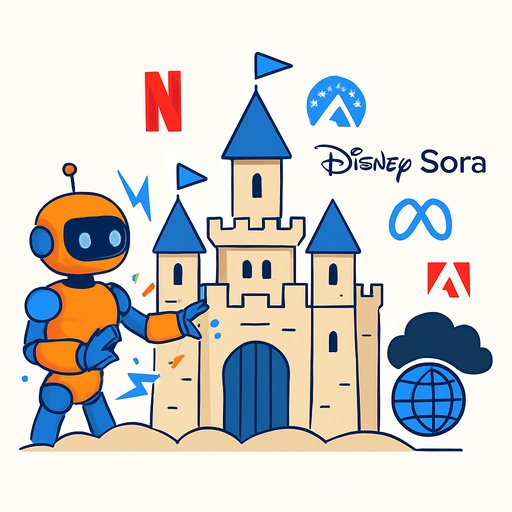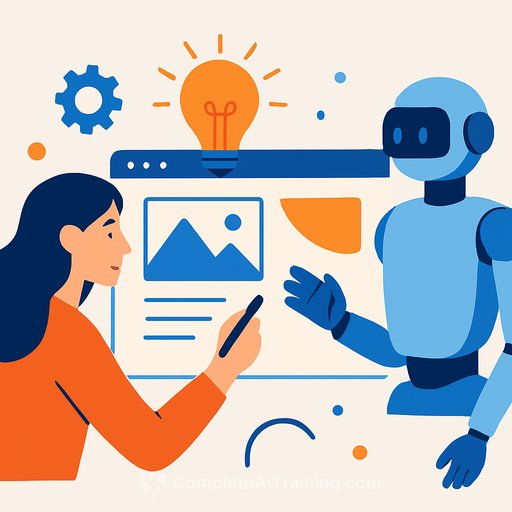The Impact of AI on Creative Work
AI has transformed how creatives approach audio, text, and video projects. Tasks that once demanded years of experience can now be completed in minutes using AI tools. This shift is not sudden; technology has been influencing creative workflows for decades.
The Evolution of Adobe
Adobe was founded in 1982 by John Warnock and Charles Geschke, former Xerox employees who sought to digitize printing and publishing. Their initial product, PostScript, standardized printing quality across different systems.
In 1987, Adobe launched Illustrator, a vector-based program that remains a core tool for graphic designers and artists. This marked Adobe’s entry into creative software.
Adobe's growth included acquiring Photoshop in 1995, created by Thomas and John Knoll. Photoshop started as a tool for image manipulation but expanded into graphic design, digital illustration, and web design. These tools lowered barriers, enabling anyone with creative ideas to bring them to life more easily.
The Rise of Collaborative Design Tools
While Adobe opened doors for individual creatives, other companies focused on simplifying app and website design. Marvel, founded in 2013, made prototyping accessible, especially for mobile apps. It allowed users to create clickable wireframes from sketches, mockups, and Photoshop files.
Figma, founded in 2012 by Dylan Field and Evan Wallace, took collaboration further by enabling teams to design together in real-time. Publicly launched in 2016, Figma quickly became the go-to design tool for startups, big tech, and Fortune 500 companies alike.
In late 2023, Adobe canceled its planned $20 billion acquisition of Figma due to regulatory issues and paid a $1 billion breakup fee. Despite this, Figma is moving forward with plans to go public.
The Future of Creative Work with AI
The gap between a creative idea and a polished output keeps narrowing. Google's Flow, powered by the Veo 3 video-generation model, creates videos with matching audio that users can fine-tune. This has fueled a surge in AI-generated videos, especially on platforms like TikTok.
Now, you don’t necessarily need deep skills to produce creative content—just the ability to write clear instructions. This shift may lead small and medium businesses to consider AI over hiring for video projects. Larger companies might still rely on human talent for complex work, but entry-level creative opportunities outside established networks could shrink as AI handles simpler tasks.
For creatives wanting to stay ahead, learning how to integrate AI tools into their workflow is crucial. Exploring courses and resources can help you adapt and thrive in this evolving landscape. You can find valuable AI training options at Complete AI Training.
Your membership also unlocks:






